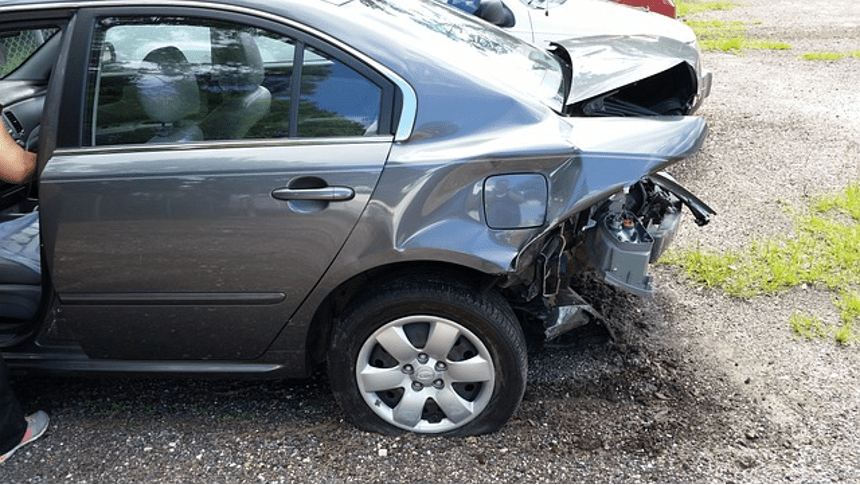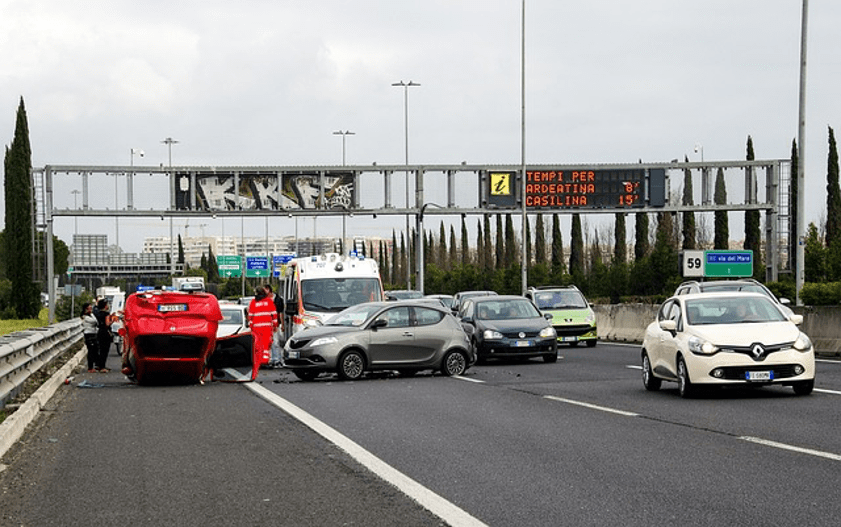Car crashes are a grim reality of modern life. Every day, countless accidents occur on roads worldwide, leaving behind a trail of devastation, injuries, and loss of life. While some crashes are unavoidable due to unforeseen circumstances, a significant portion can be attributed to human error and poor decision-making. Understanding the root causes of car crashes is essential if we are to take meaningful steps toward reducing their frequency and saving lives. This article will delve into the hidden dangers that contribute to car crashes, exploring the factors responsible for these tragic events and the measures that can be taken to prevent them.

Distracted Driving
Distracted driving is one of the most prevalent and concerning root causes of car crashes. With the increasing use of smartphones and in-car infotainment systems, drivers are more susceptible to diverting their attention away from the road. Texting, making phone calls, checking social media, or adjusting the GPS can take a driver’s eyes off the road for crucial seconds, leading to catastrophic consequences. Educational campaigns, stricter regulations, and the development of hands-free technology are some solutions to combat this issue.
In most states, there are laws in place that prohibit using handheld devices while driving, aiming to curb the dangers of distracted driving. These laws typically ban activities like texting or holding a phone to talk while operating a vehicle. According to a seasoned car injury attorney, despite these regulations, the enforcement and compliance with such laws remain significant challenges. Educational campaigns are vital in raising awareness about the risks associated with distracted driving. Governments, non-profit organizations, and private companies have initiated various campaigns to educate drivers about the dangers of using their phones behind the wheel.
Passengers, especially children, can be distracting to drivers. Fussing over children in the backseat or engaging in conversations that draw the driver’s attention away from the road can lead to accidents. Similarly, unrestrained pets can cause distractions that compromise the driver’s focus. Educating passengers about the importance of not distracting the driver and using appropriate restraints for pets can contribute to safer journeys.
Speeding
Speeding is another major contributor to car crashes. Many drivers underestimate the dangers of exceeding speed limits, not realizing that higher speeds reduce their reaction time and increase the severity of impacts in case of a collision. Additionally, higher speeds amplify the risks of losing vehicle control, especially in adverse weather conditions. Implementing better enforcement of speed limits, engineering safer roads, and raising awareness about the consequences of speeding can help address this problem.
Driver Behavior
● Driving Under the Influence
Driving under the influence of alcohol or drugs remains a persistent road threat. Impaired drivers are less capable of making sound decisions, have slower reaction times, and are more likely to take reckless risks. Drunk driving continues to be a significant cause of fatal accidents despite strict laws and penalties. To combat this, we need a combination of more rigorous law enforcement, better education about the dangers of driving under the influence, and investment in alternative transportation options for those who have been drinking.
● Fatigue and Drowsy Driving
Long hours on the road, irregular work shifts, and insufficient rest contribute to fatigued and drowsy driving. Like driving under the influence, driving while fatigued impairs a driver’s ability to concentrate and react quickly. Measures such as encouraging adequate rest for drivers, providing rest areas on highways, and using technologies that detect signs of drowsiness could help prevent crashes caused by fatigue.
● Aggressive Driving and Road Rage
Road rage and aggressive driving behaviors, such as tailgating, weaving in and out of traffic, and engaging in confrontations with other drivers, lead to dangerous situations on the road. Such behavior increases the risk of crashes and can escalate into violence. Promoting a culture of patience and courtesy on the road and stricter enforcement of traffic laws can mitigate these issues.
● Inexperienced and Elderly Drivers
Both young and elderly drivers face unique challenges on the road. Inexperienced drivers may lack the necessary skills to react to sudden hazards, while elderly drivers might experience declining vision and slower reaction times. Enhancing driver education programs, introducing age-specific licensing requirements, and encouraging regular assessments for older drivers can help address these issues.
Inadequate Road Infrastructure
The roads’ condition and design play a crucial role in preventing car crashes. Poorly maintained roads, inadequate signage, and lack of proper lighting can confuse drivers, increasing the likelihood of accidents. Governments and local authorities must prioritize investments in infrastructure upgrades, road maintenance, and traffic management to ensure safer driving conditions.
Weather Conditions
Adverse weather conditions, such as heavy rain, snow, ice, or fog, pose significant challenges to drivers. Reduced visibility, slippery surfaces, and unpredictable road conditions can treachery routine driving. Drivers must exercise extra caution during unfavorable weather and adapt their driving behavior accordingly. Moreover, weather-specific driver education can better prepare individuals to handle such conditions.
Vehicle Safety and Maintenance
The safety features and condition of a vehicle directly impact its crashworthiness. Cars with outdated safety features are more vulnerable to severe damage in accidents. Regular vehicle maintenance, including tire checks, brake inspections, and airbag maintenance, is essential to ensure optimal vehicle performance and occupant safety.
In addition to the physical safety features of a vehicle, technological advancements have introduced a new dimension of vehicle safety through driver assistance systems. These systems, collectively known as Advanced Driver Assistance Systems (ADAS), are designed to enhance driver awareness, reduce human errors, and improve road safety. ADAS includes features such as lane departure warning, automatic emergency braking, adaptive cruise control, and blind-spot monitoring.
By leveraging cameras, sensors, and artificial intelligence, ADAS can detect potential hazards and assist drivers in avoiding collisions. Embracing these cutting-edge technologies and ensuring their proper functioning through regular maintenance can significantly contribute to preventing car crashes and protecting both drivers and pedestrians on our roadways.

Car crashes are not random occurrences but are often the result of preventable factors. Understanding the root causes of car crashes allows us to identify areas where we can take corrective actions. By addressing issues such as distracted driving, speeding, driving under the influence, fatigue, and aggressive driving, alongside improving road infrastructure and vehicle safety, we can create a safer environment for everyone on the roads. Reducing the number of car crashes requires a collective effort from drivers, lawmakers, automobile manufacturers, and society. Still, the potential to save lives and prevent suffering makes it an endeavor worth pursuing tirelessly.












